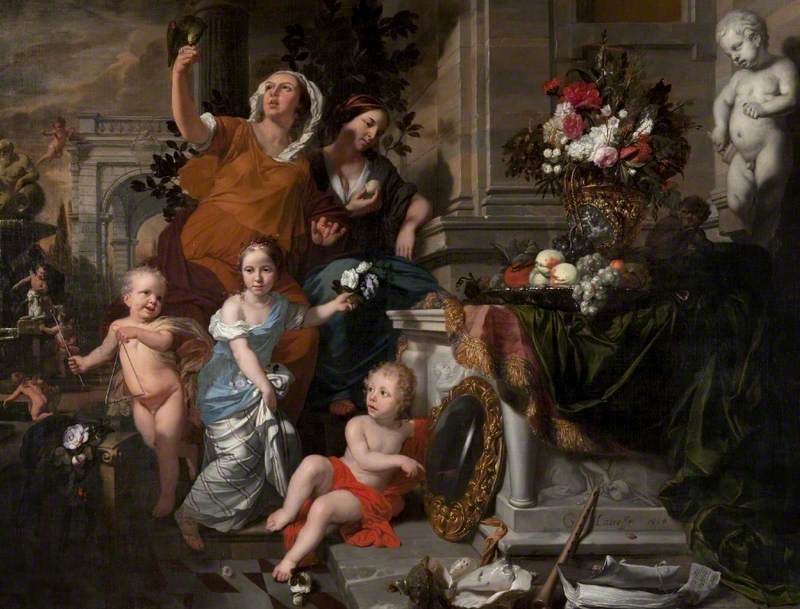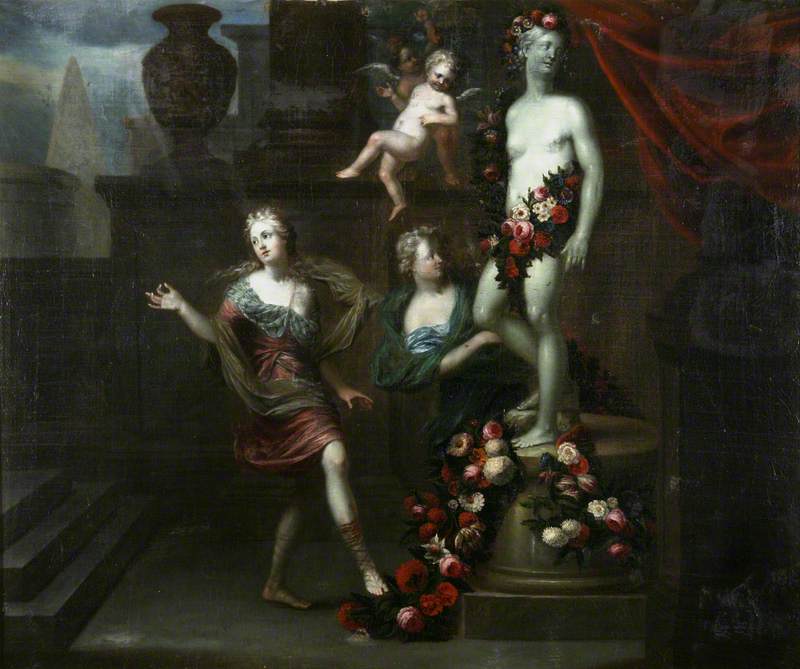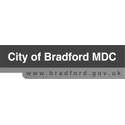
(b Liège, 11 Sept. 1640; bur. Amsterdam, 28 Jul. 1711). Flemish-born Dutch painter, etcher, and writer on art. He settled in Amsterdam in about 1665 and became the leading decorative painter in Holland in the second half of the 17th century, working in an academic classical style that inspired his overenthusiastic contemporaries to call him ‘the Dutch Raphael’ and ‘the Dutch Poussin’. In about 1690, however, he suddenly went blind and thereafter devoted himself to art theory. His lectures were collected in two books—Grondlegginge der teekenkonst (Principles of Drawing, 1701) and Het groot schilderboek (The Great Book of Painters, 1707)—which went through many editions and translations during the 18th century. Lairesse's writings reveal the same academic approach as his paintings and he somewhat naively confessed that he had a special preference for Rembrandt until he learned ‘the infallible rules of art’.
Text source: The Oxford Dictionary of Art and Artists (Oxford University Press)






